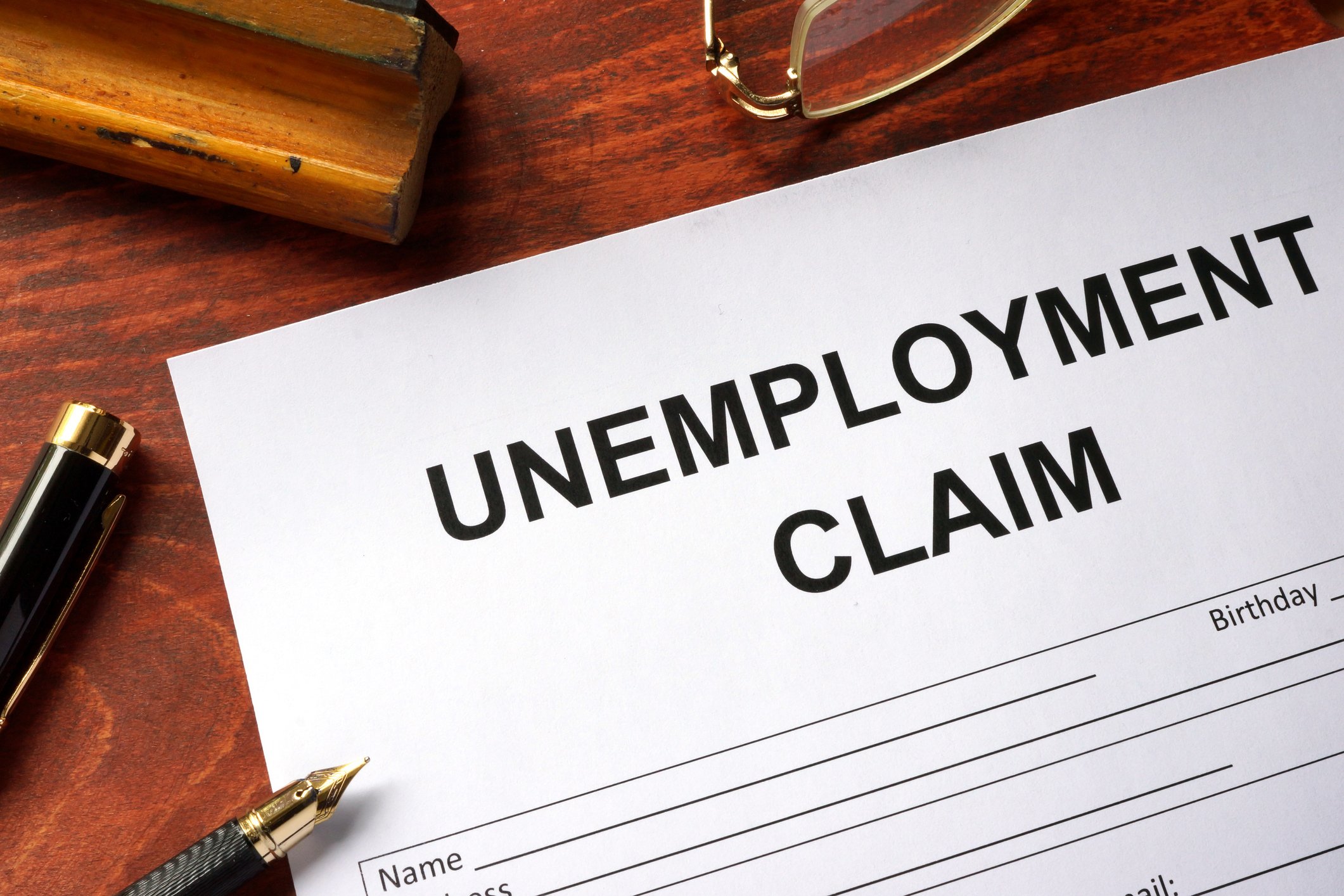There's a reason so few people create and maintain budgets: It's boring. But if that's what's been holding you back, there is a budgeting approach you should consider that requires little work yet still delivers all of the usual benefits.
The 50/20/30 budget
The 50/20/30 budgeting system divides your income into three primary spending categories. First, up to 50% of your income goes to essential expenses (e.g., rent/mortgage payments, groceries, and utilities). Next, up to 20% of your income goes to financial goals (e.g., paying down debt, saving, and investing). And lastly, the remaining 30% of your income goes to discretionary spending (e.g., restaurants, movies, and hobbies).
The trickiest part of the system can be figuring out what goes into which categories. You'll likely need to do some customizing based on your situation. For example, take internet access. I have a home office and do a lot of work online from it, so for me, internet access is a necessity and would fall into the essential expense category. For someone else, it might be strictly a "fun" purchase and would fall into the discretionary expense category.

Image source: Getty Images.
Why this system works
The beauty of the 50/20/30 system is that it helps you to see where your money is going and whether you're spending it in a financially healthy way. It also has a built-in category for saving, so it helps you keep up with important financial goals like saving for retirement and getting rid of debt. And it gives you a strong foundation to build on even if you've never had a budget and know nothing about personal finance. Since the hardest part of budgeting is getting started, anything that makes this process easier can be a big help.
Potential problems
The biggest drawback with the 50/20/30 system is that it doesn't work well for either very high-income or low-income earners. If you're just starting out and don't earn much, you'll probably be spending a lot more than 50% of your income on essential expenses. On the other hand, high-income households are likely to spend less than 50% of their income on those essentials. If you fall into either of these groups, then, you'll need to tweak the percentages to make them work for you.
How to start a 50/20/30 budget
You can start the clock on your new budget as soon you get your next paycheck. Record how much you received in that check, preferably on a spreadsheet to make totaling things up easier. Next, add three columns to the spreadsheet, one for each of the three spending categories. Every time you spend money (or put it in a savings-type account, including investments), write down what you spent it on and the amount in the appropriate category. Keep doing this for one full month, adding in any additional income you get over the course of the month.
Once you've made it through an entire month, look at the three columns. To find out the percentage you spent on each category, take the number you spent for that category and divide it by the amount of income you had for the month. The result will tell you if you need to adjust your spending to get it within the correct limits for this budgeting system.
For example, let's say you had $3,000 in income this month, and you spent $2,000 on essential expenses, $600 on discretionary expenses and saved the remaining $400. To get the percentage for essential expenses, you'd divide $2,000 by $3,000, which yields a result of 67% (rounding up). Similarly, you spent 20% of your income on discretionary expenses and just 13% of your income on financial goals.
Adjusting your spending
In the above example, you're spending the majority of your income on essential expenses. That means you should look for ways to cut down on those expenses, because they're eating up an excessive amount of your income and making it almost impossible for you to meet your financial goals. You can start with simple cuts, like looking for cheaper phone and internet service plans, cutting back on electricity usage, and the like.
If small changes are not enough you may need to take more drastic action, such as moving to a smaller rental home or refinancing your mortgage to make your payment smaller. Another option would be to increase your income, so the amount you're spending now on essential expenses would equate to 50% of your now-higher income. In this example, you'd need to go from $3,000 a month to $4,000 a month in income to get your essential expenses in line percentage-wise.
Tweaking the plan
Keep in mind that the 50/20/30 system is just a starting place – it exists to be adapted to your needs. If you find that you're spending 45% of your income on essential expenses and 25% on saving and you're perfectly comfortable with your financial situation, by all means keep things as they are.
Sometimes you'll need to shift the percentages around so that you can accomplish certain goals. For example, if you have a mountain of credit card debt you need to get rid of, you might rearrange the numbers so that you're spending 40% of your income on financial goals and only 10% on discretionary expenses for a while. Once you've gotten rid of all that debt, you can switch the numbers back. As long as you remember that you're in charge -- and not some arbitrary system -- the 50/20/30 plan can be a fantastic money management tool.





